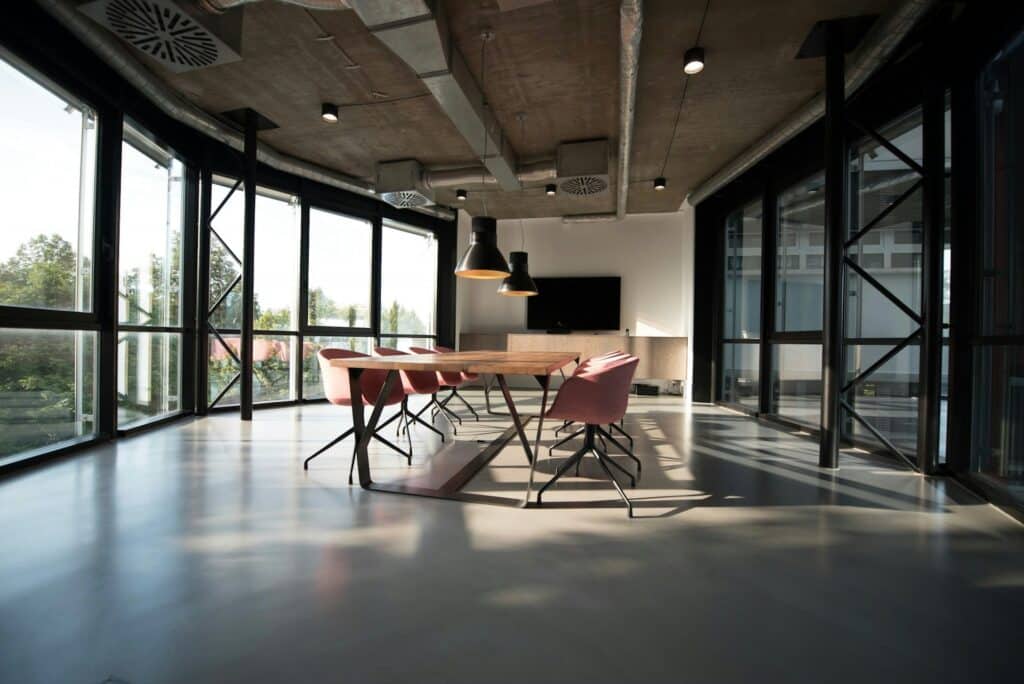OZONE Effective & Safe When Rules Followed

Background: Ozone is an extremely effective oxidative disinfectant and has been used in the medical, pharmaceutical, food processing, and water treatment industries for decades. The reason ozone is used is simple. It can be cheaply and efficiently created on-site, and the disarming effect of ozone on microorganisms is well understood and has been proven […]